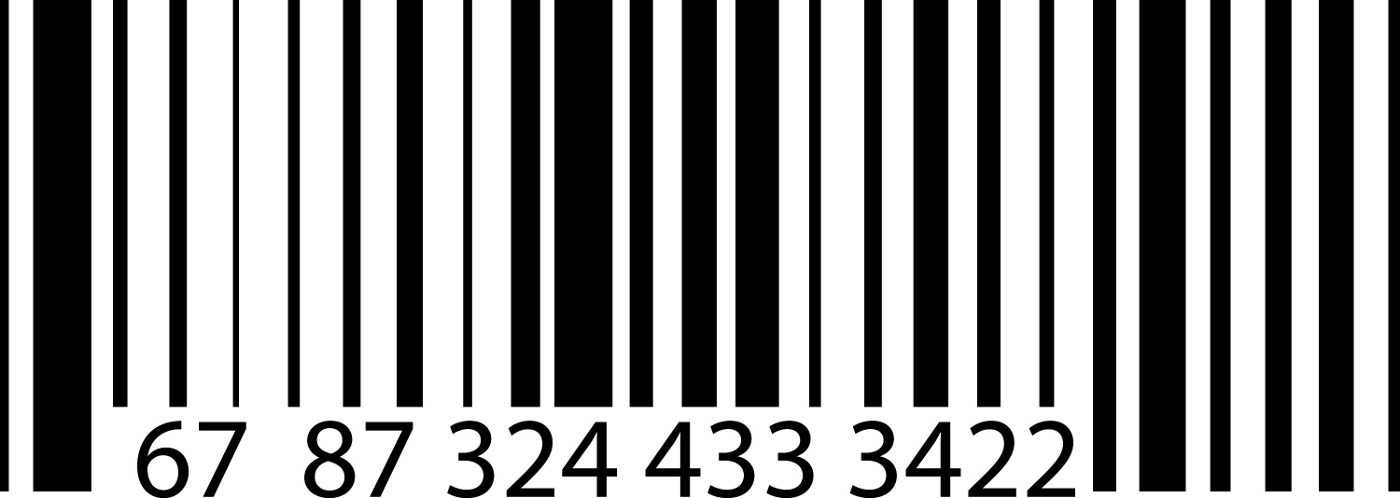How barcodes came to be: a beach, a bullseye and a pack of gum

The first step to purchasing an item at a store is almost always the same way. We take the item to the check-out counter and, in most cases, the item’s barcode is scanned. It’s such an everyday occurrence, we don’t think twice about the technology behind barcodes and how they came to be.
The invention story of the barcode involves a beach, a bullseye and a pack of gum. It all began when a supermarket manager complained to a school’s dean of technology about getting people through his store faster. The manager wanted the school to develop a system to quickly and accurately capture product data at the check-out counter. A graduate student overheard the conversation between these two and passed it on to one of his teachers, Norman “Joe” Woodland.
Woodland spent two years trying to figure out the solution to this problem. Inspiration struck him when he started using Morse code (a series of dots and dashes) to represent the product number. Legend has it that he drew these dots and dashes into the sand at a beach. He then extended the dots and dashes into lines and curved them into a bullseye shape so that the code would be readable from any direction. Woodland’s invention was patented in 1952 as a “Classifying Apparatus and Method.”
Because of the high cost of the scanners needed to read his barcode, Woodland’s invention was largely ignored for 20 years. Then in 1973, a group of supermarket executives commissioned 14 companies, including IBM, to create a cheaper scannable symbol. George Laurer, who worked at IBM, modified the bullseye shape into the rectangular shape we know. It fit more code into less space and didn’t smear on the presses like the bullseye shape. The supermarket executives chose Laurer’s symbol and named it the Universal Product Code, or UPC. A year later, in 1974, the first item scanned with a UPC bar code was a pack of Wrigley’s chewing gum.
It’s easy to forget that there was a time before scannable barcodes because they’re used in all stores today. But this cool technology isn’t limited to stores; it can also be used to help organize and track your records.
Stevens & Stevens has been using this technology since 1994. We assign barcode labels to all containers in our storage facility which allows you to query, request and retrieve any container at any time. Specific data pertaining to box container, retention period and destroy date is associated with each barcode. Each container can be securely tracked from the first time its picked up and delivered to storage. To learn more about our state of the art barcode tracking system click here or give us a call at (855) 573-3900.




